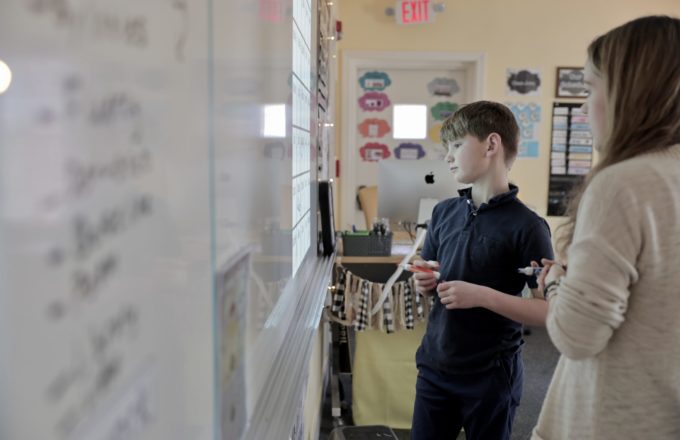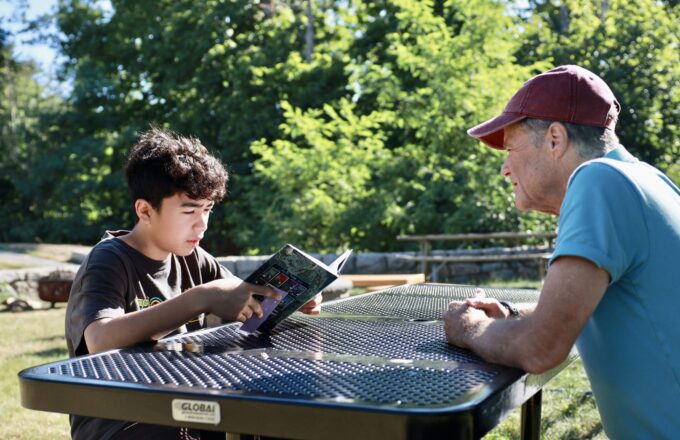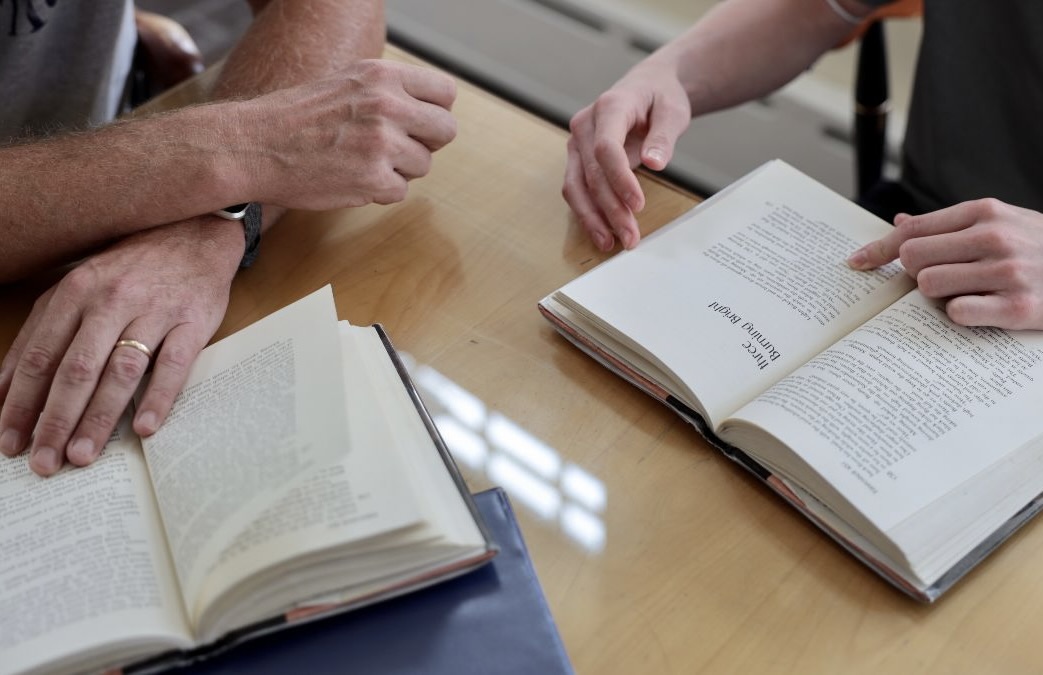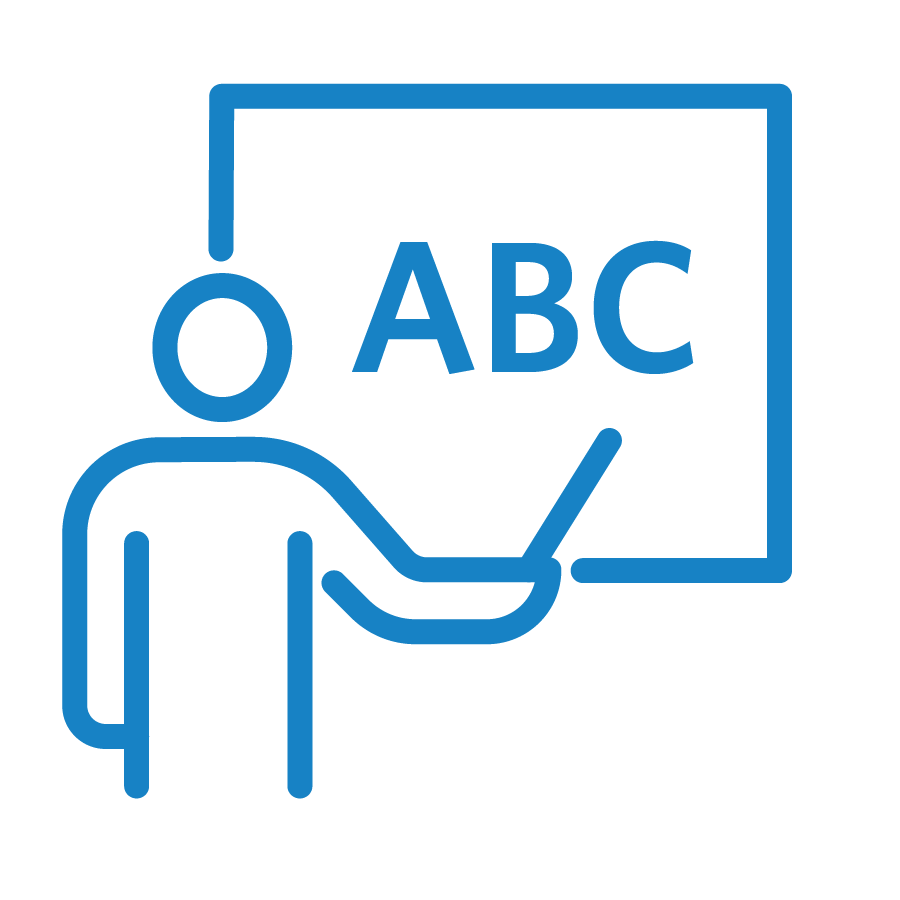Filter resources by:
Select a filter from the drop down menu to apply the filter. Page reloads upon selection

May 1, 2023
Research Writing: Finding and Evaluating Sources
Amy Gillespie Rouse and Ashley Sandoval (2018) make the following observation: “Students with learning disabilities often have difficulty monitoring their own writing behaviors and use of cognitive strategies during the writing process (Mason, Kubina, & Taft, 2011). Perhaps as a result of their writing difficulties, students with learning disabilities often lack motivation for engaging in
Read Strategy
Apr 23, 2023
Spelling Instruction: A Diagnostic-Prescriptive Approach
Today, as an early literacy specialist, I know that spelling requires far more than memorization, and students’ spelling performance reveals much about their word recognition and reading ability (Conrad, 2008). Spelling is a valuable diagnostic tool that can show teachers how students process speech sounds and how they make the connection between those sounds and
Read Blog
Mar 3, 2023
Phonemic Awareness: What is It, and How Does It Relate to Reading?
David Kilpatrick (2016) defines phonemic awareness as the ability to notice that spoken words can be broken down into smaller parts called phonemes (p. 13). Louisa C. Moats (2010) also describes it as “the conscious awareness that words are made up of segments of our own speech” (p. 277). It is a subset of the
Read Blog
Mar 1, 2023
Research Writing Process: Organize, Outline, and Draft
The Institute of Education Sciences (IES) report titled Teaching Secondary Students to Write Effectively asserts that “Effective writing is a vital component of students’ literacy achievement, and writing is a critical communication tool for students to convey thoughts and opinions, describe ideas and events, and analyze information” (Graham et al, 2016, p.1). Like reading, research
Read Strategy
Mar 1, 2023
Thematic Unit Planning: A How-To Guide
Choosing a Theme: The most successful theme will be related to a topic that both you and your students can become genuinely interested in engaging with for the duration of the unit. If you’re not enthusiastic about the topic, why would your students be? When Choosing a Theme, Ask: How are my themes relevant to
Read Blog
Jan 22, 2023
Reader’s Theater for Older Students
My classroom can feel like a typical English high school classroom. We engage in many of the same activities reading many classic, grade-level texts, engaging in higher-order class discussions, and writing analytical essays. However, it is a small group setting, and we take longer to work through books, dedicating much focus to study and literacy
Read Blog
Jan 10, 2023
Vocabulary Strategy: Use of Context
An important strategy to help students build their vocabulary is use of context – i.e., using the clues or hints provided in the text that surround an unfamiliar word to help guess the meaning without depending on a dictionary. This can include words, phrases, or sentences that appear before, after, or close to the word.
Read Blog
Jan 5, 2023
The Fluency Development Lesson (FDL): Synergistic Fluency Instruction
Key elements of fluency instruction include modeling fluent reading (read aloud to students), assisted reading (students read a text while simultaneously hearing the same text read to them by a partner, group, or recording), wide reading (students read a text one time and then move on to a new text), and deep or repeated reading
Read Blog
Jan 4, 2023
Putting the Decoding Toolkit to Work
At Landmark, one way we promote this practice is through the use of the Language Box to encourage students to tap into their listening, speaking, reading, writing, and thinking skills. Similarly, when working at the word recognition level, we can build skills by activating the Four-Part Processing Model (Moats and Tolman, 2019 based on Seidenberg
Read Blog